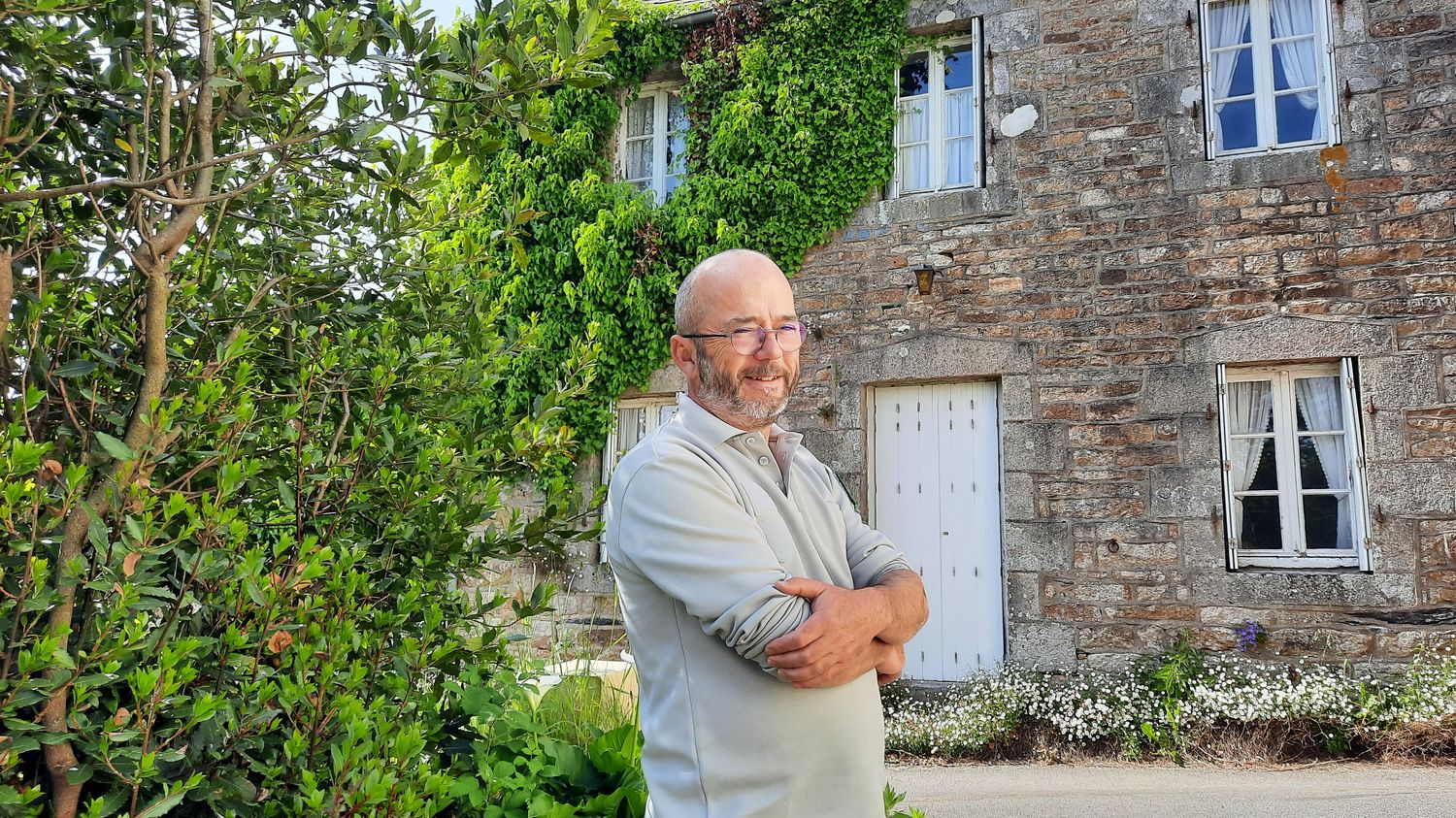The cohabitation between man and wolf is at the heart of the Assises de la prédation, in the Hautes-Alpes. The wolf population is estimated at nearly a thousand, throughout France… as far as Brittany, where it had not been seen for 100 years.
Patrick Sastre-Coader “200 mother ewes“. He has been raising ewes and lambs for ten years between Crozon and the Arrée mountains, in Dinéault. But since December, his herd has been targeted five times, “clearly by wolf attacks”, according to him. He lost nearly 30 animals. For each animal consumed, “there are really all the characteristics of wolf attacks”he assures.
“Skin was pulled into socks, bones were crushed.”
Patrick Sastre-Coader, breeder in Finistèreat franceinfo
“You have to have a very powerful jaw” to produce such marks, concludes the breeder. Faced with this, Patrick Sastre-Coader is not very satisfied with the measures of the prefecture of Finistère and the French Office for Biodiversity. For each attack, he has assembled a file and is ironic about the “sympathetic terminology” used by the OFB, “always very careful”as in this letter received three months after an attack of which he reads the end: “concludes with a proven act of predation not excluding the responsibility of the wolf”. He is pointing out that “It allows the breeder that I am to receive a small allowance which I don’t give a damn about”. He also does not want the fence or guard dogs offered and funded by the state.

The wolf had not been seen in Brittany for a century. However, several appearances have been documented in Finistère in recent months. About thirty kilometers from Dinéault, the return of the wolf also makes people happy. “It’s a lot, a lot of emotion”says Emmanuel Holder, curator for the naturalist association Bretagne vivant. “My video of the wolf: it’s a beautiful beast”, he shows us proudly. He had been the first, a year ago, to film the animal in the Arrée mountains using a camera trap.
“Immediately, the gait of the animal intrigued me”. He describes “an animal that almost floats on the ground, that goes straight”. , he lets go, still very moved by the almost meeting. Emmanuel Holder sees the presence of the wolf as a good sign for biodiversity. This shows that the wolf has enough to eat, that the fauna is rich.

But how and why did he come to Brittany? “A wolf can travel several hundred kilometers before settling on a new site.explains Nicolas Jean, the wolf referent at the French Observatory of Biodiversity. Even if it is very far from the current populations of wolves in France, Brittany is not so far from the populations which are present in the East., he observes. For the time being, the OFB and the prefecture only confirm the presence of a single wolf in Finistère and point to its possible responsibility in 17 attacks on herds since last year.
The presence of the wolf in Brittany: report by Agathe Mahuet
listen
